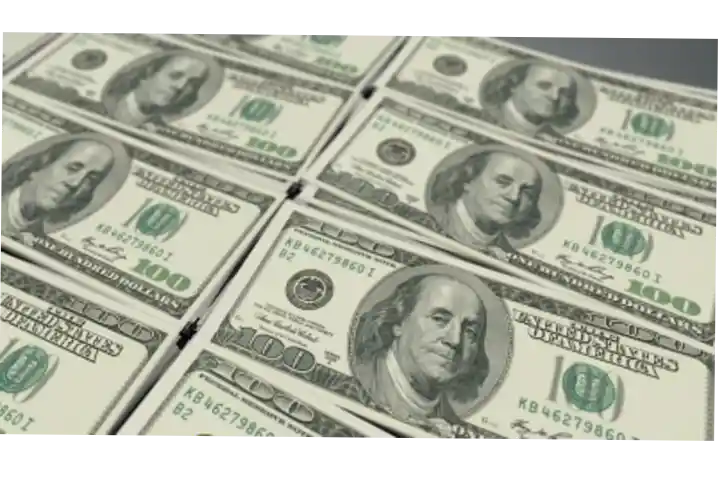Is there a gap between China’s international financial commitments and real deployment? A few analysts seem to believe so.
Earlier a Harvard Business Review estimate suggested that China’s total outstanding claims exceed more than 5 per cent of global GDP. But analysts said that the loans, aids and investments are often based on commitments rather than real inflow. Analysts told India Narrative that the actual inflow from China is mired in controversy.
“Since there is no proper data to show how much money China has invested, how it has been structured, it is difficult to analyse the real flow. We tend to go by announcements,” one of them said, adding that it does not however take away the fact that Beijing is a top global investor.
“There is no doubt that Beijing is one of the top money spenders but what is important to note is that we may estimate a particular amount coming in from that country while the real flow could be smaller,” the analyst said.
Also read: China's lockdowns to contain Covid resurgence could further dampen the economy
China Africa Research Initiative (CARI) in a report said that China’s official lending data “does not tell us all that much”. “On the one hand, Chinese investment is usually overestimated by others (such as FDIntelligence), because their researchers appear to record the initial agreements announced at press conferences, assuming this is an FDI commitment and will actually lead to flows of money. They often don’t,” it said.
However, it also added that the figures could also be understated as they don’t include Chinese money parked in an offshore financial center in British Virgin Islands, Cayman Islands, or even Hong Kong. Nearly 60 per cent of China’s FDI is directed to these places.
Consider this. In 2020, China announced a strategic $400 billion deal with Iran. The proposed investment was to be spread over 25 years.
Similarly, in September FDI inflow into Pakistan touched $236 million against $202.8 million in the corresponding month previous year. But the chunk of the FDI inflow came from the US despite fraying relations between Washington and Islamabad. What is noteworthy is that in the July to September period this year, FDI from the US stood at $100.9 million while it was only $76.9 million from China.
Also read: From Congo to Angola, is Africa waking up to Chinese debt traps?
Dawn in a report said that the five-time higher FDI inflows from the US in 1QFY22 are encouraging for the country while at the same time a significant decline of FDI from China is worrisome.
“China therefore is not the main investor in Pakistan despite the heightened pitch of economic cooperation between the two, so here comes the caveat. The real investments could be lower than the commitments though the calculations are typically based on the announcements,” the analyst explained.




















